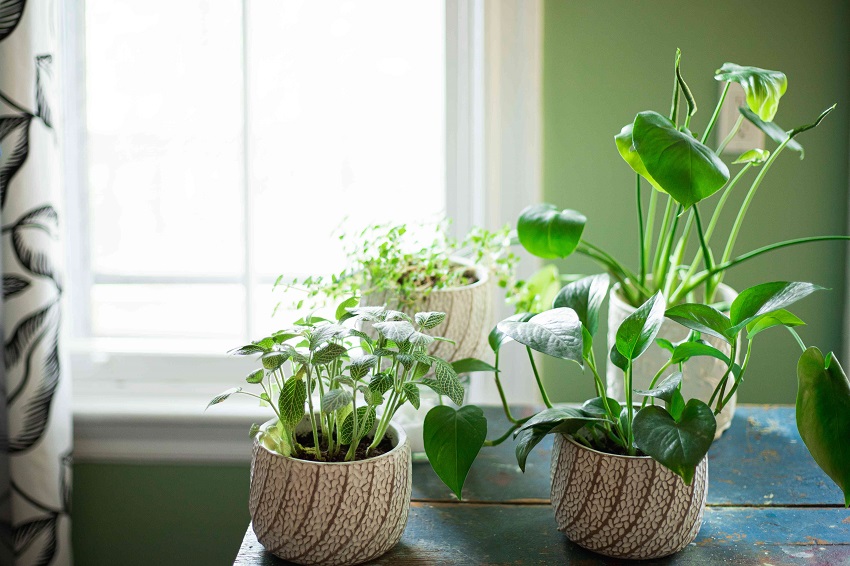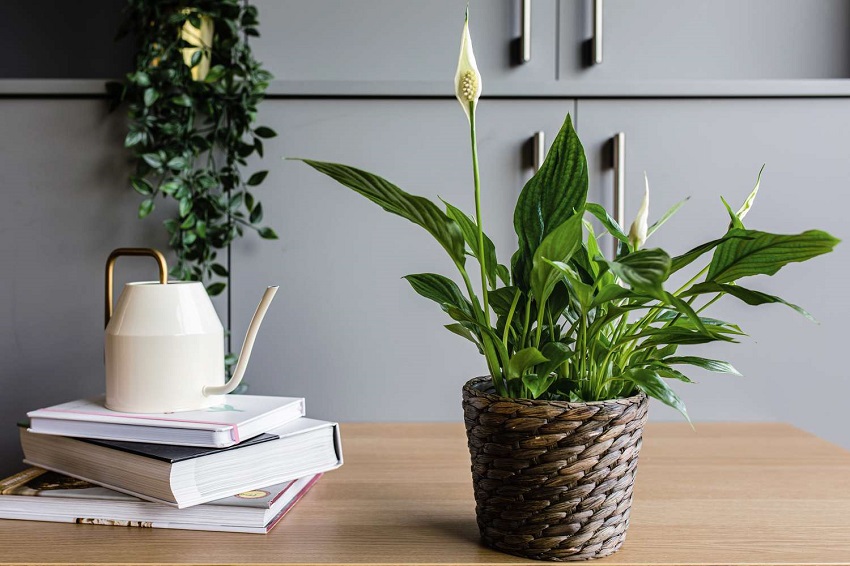
14 Jun Which Plant to Put Inside Your House?
Plants have the amazing ability to add life and freshness to any space, and they have become increasingly popular as indoor décor elements. Not only do they enhance the aesthetic appeal of our homes, but they also offer numerous benefits for our well-being. However, choosing the right plants for your indoor environment can be a daunting task. With so many options available, how do you know which plant to put inside your house? In this comprehensive guide, we will explore various factors to consider, highlight specific plant models and brands, provide research data, and offer practical examples to help you make an informed decision.
Benefits of Indoor Plants
Before we delve into the specifics of choosing the perfect plant for your home, let’s take a moment to understand the benefits that indoor plants can offer. Additionally, if you’re considering planting hydrangeas outdoors, you may be wondering what side of the house do you plant hydrangeas. It’s important to choose a location that receives partial shade and has well-draining soil to ensure your hydrangeas thrive. Besides their obvious beauty, plants contribute to a healthier and more pleasant living environment. Here are some of the advantages:
- Improved Air Quality: Indoor plants have the remarkable ability to filter and purify the air by absorbing harmful pollutants and releasing oxygen. Studies have shown that they can effectively remove toxins such as formaldehyde, benzene, and trichloroethylene from the air, promoting cleaner and fresher indoor air quality.
- Enhanced Mood and Well-being: Being in the presence of plants has been shown to reduce stress levels and improve overall mental well-being. The sight of greenery and the act of nurturing plants can have a calming effect, creating a peaceful and relaxing atmosphere in your home.
- Increased Productivity and Concentration: Research indicates that having plants in the workplace or study environment can enhance focus, creativity, and productivity. Indoor plants help to create a more stimulating and inspiring atmosphere, which can positively impact your performance.
- Noise Reduction: Certain plant species, such as the Areca Palm and the Peace Lily, can absorb and dampen background noise, making them excellent choices for areas where noise pollution is a concern. They act as natural sound barriers, providing a quieter and more serene ambiance.
Factors to Consider When Choosing Indoor Plants
Selecting the right indoor plants involves considering several key factors. Let’s explore each of them in detail to ensure you make the best choice for your specific needs:
1. Light Requirements
Plants vary in their light requirements, with some thriving in bright, direct sunlight, while others prefer low-light conditions. Assess the lighting conditions in the area where you plan to place the plant and choose a species that matches those conditions. Here are three common light categories for indoor plants:
- High Light: Plants that require direct sunlight for several hours a day. Examples include succulents, cacti, and some flowering plants like orchids.
- Medium Light: Plants that can tolerate indirect sunlight or filtered light. They thrive in bright but not intense lighting conditions. Popular medium light plants include pothos, spider plants, and peace lilies.
- Low Light: Plants that can survive in areas with minimal natural light. They typically thrive in shaded or darker corners of your home. Some low light plants to consider are snake plants, ZZ plants, and cast iron plants.
2. Watering and Maintenance
Consider your lifestyle and the amount of time you can dedicate to plant care. Some plants require frequent watering and more attention, while others are more forgiving and can thrive with minimal maintenance. It’s important to find a balance that suits your schedule. Here are two general categories based on watering needs:
- Regular Watering: Plants that require consistent watering to keep the soil moist. These plants may need attention every few days or weekly, depending on the specific species. Examples include ferns, peace lilies, and Boston ivy.
- Low Maintenance: Plants that can withstand occasional neglect and do not require frequent watering. They can thrive with less attention, making them ideal for those with busy lifestyles. Some low maintenance plants include snake plants, pothos, and succulents like aloe vera.
3. Size and Growth Habit
Consider the available space in your home and the desired size of the plant. Some indoor plants have compact growth habits, making them suitable for smaller spaces, while others can grow larger and require more room to flourish. It’s essential to choose a plant that fits well within the designated area. Here are two common growth categories:
- Compact Growth: Plants that have a slow growth rate and remain relatively small in size. They are perfect for tabletops, shelves, or windowsills. Examples include air plants, small ferns, and mini succulents.
- Tall or Spreading Growth: Plants that have a vigorous growth habit and can grow tall or spread out over time. These plants make great statement pieces or focal points in larger spaces. Consider options like fiddle leaf figs, monstera deliciosa, and peace lilies.
4. Allergies and Pet-Friendliness
If you or your family members have allergies or if you have pets in your home, it’s crucial to choose plants that are non-toxic and pose no harm. Some plants may cause allergies or be toxic to pets if ingested. Prioritize the well-being of everyone in your household by selecting plants that are safe for all. Here are a few examples of non-toxic plants:
- Spider Plant: Spider plants are safe for both humans and pets and are known for their air-purifying properties.
- Parlor Palm: This plant is non-toxic to cats and dogs and adds a touch of elegance to any room.
- Areca Palm: The Areca Palm is not only non-toxic but also acts as an excellent natural humidifier.
Popular Indoor Plants and Their Benefits
Now that we’ve covered the key factors to consider, let’s explore some popular indoor plants and the benefits they offer. This list will provide you with a starting point and help you narrow down your options based on your preferences:
1. Peace Lily (Spathiphyllum sp.)
- Light Requirements: Medium to low light
- Watering and Maintenance: Regular watering, but allow the soil to dry partially between waterings
- Size and Growth Habit: Moderate height, bushy growth
- Benefits: Excellent air purifier, removes formaldehyde and benzene, adds a touch of elegance with its white flowers
2. Snake Plant (Sansevieria sp.)
- Light Requirements: Low to medium light
- Watering and Maintenance: Low maintenance, infrequent watering
- Size and Growth Habit: Upright, sword-shaped leaves
- Benefits: Releases oxygen at night, improves indoor air quality, withstands neglect and low-light conditions
3. Pothos (Epipremnum aureum)
- Light Requirements: Low to medium light
- Watering and Maintenance: Moderate watering, allow the top inch of soil to dry before watering again
- Size and Growth Habit: Trailing vines, cascading growth
- Benefits: Purifies the air, removes formaldehyde, easy to propagate, adds a vibrant touch with its variegated leaves
4. ZZ Plant (Zamioculcas zamiifolia)
- Light Requirements: Low to medium light
- Watering and Maintenance: Low maintenance, infrequent watering
- Size and Growth Habit: Glossy, dark green leaves, compact growth
- Benefits: Tolerates low-light conditions, drought-resistant, improves air quality, perfect for beginners
Conclusion
Choosing the right indoor plants for your home involves considering factors such as light requirements, watering needs, size, and growth habits. Additionally, taking into account allergies and pet-friendliness ensures a safe and enjoyable environment for everyone. By understanding these factors and exploring popular plant models and brands like the Peace Lily, Snake Plant, Pothos, and ZZ Plant, you can make an informed decision that will enhance the beauty and well-being of your living space. So why wait? Start incorporating indoor plants into your home today and experience the countless benefits they offer.
Remember, the perfect plant for your home is just a step away!



Sorry, the comment form is closed at this time.